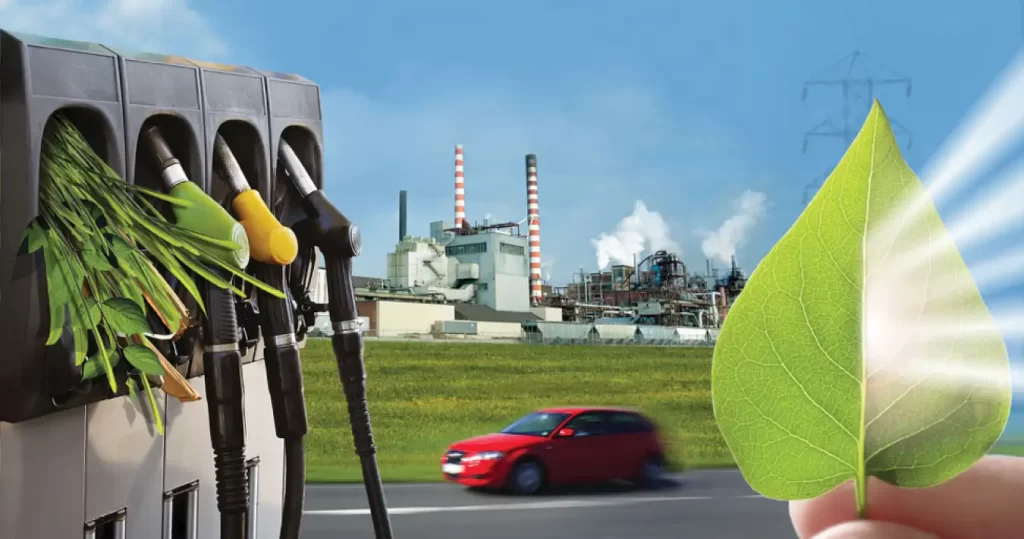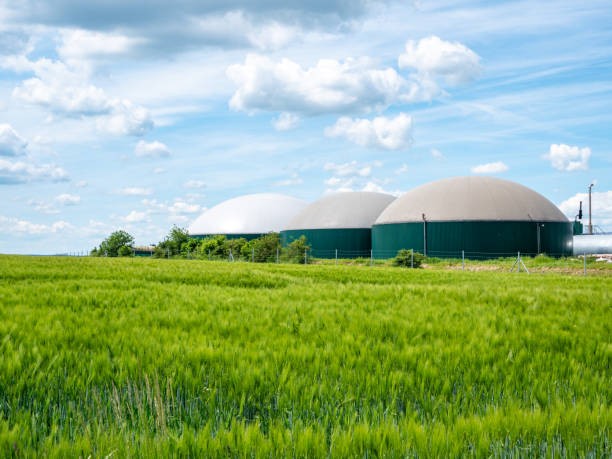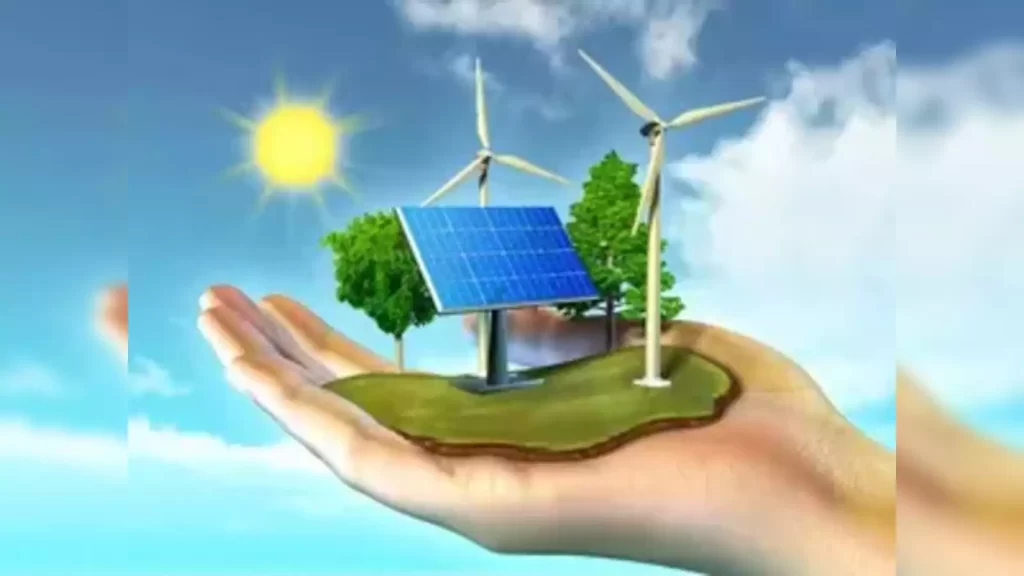Bio-Energy
About Bio-Energy
Bioenergy is a renewable energy source that comes from organic materials, or biomass, from plants and animals. It can be used to create heat, electricity, and transportation fuels. Bioenergy is a promising near-zero-emission fuel because the carbon released during combustion returns to the atmosphere.
Here are some ways bioenergy can be used:
❐ Transportation fuels: Biofuels can be converted into liquid fuels that can be used in place of fossil fuels, such as gasoline, diesel, and jet fuel.
❐ Heat and electricity: Biopower technologies can convert biomass fuels into heat and electricity.
❐ Waste-to-energy: Bioenergy can be used to convert waste into energy, such as from farms, homes, and industries.
Get in touch with us
Bioenergy has several benefits
Bioenergy has several benefits, including:
❐ Environmental benefits: Bioenergy can help reduce air, water, and land pollution.
❐ Social and economic benefits: Bioenergy can create jobs, reduce energy import bills, and help develop independent communities.
❐ Decarbonization: Bioenergy can help decarbonize industries in the private sector.


Why do we use Bio-energy?
Bioenergy is a form of renewable energy generated when we burn biomass fuel. Biomass fuels come from organic material such as harvest residues, purpose-grown crops and organic waste from our homes,
❐ Renewable source – Bioenergy is a low-carbon renewable energy that we can use to replace carbon intensive fossil fuels.
❐ Hard-to-reach sectors – We can use biomass fuels in cases where few renewable energy options exist, such as fuel for aeroplanes, ships and trucks.
❐ Carbon capture – We may be able to use bioenergy with carbon capture technology to remove CO2 from the atmosphere. Many of the future scenarios for climate-friendly energy systems rely on the use of this technology.



